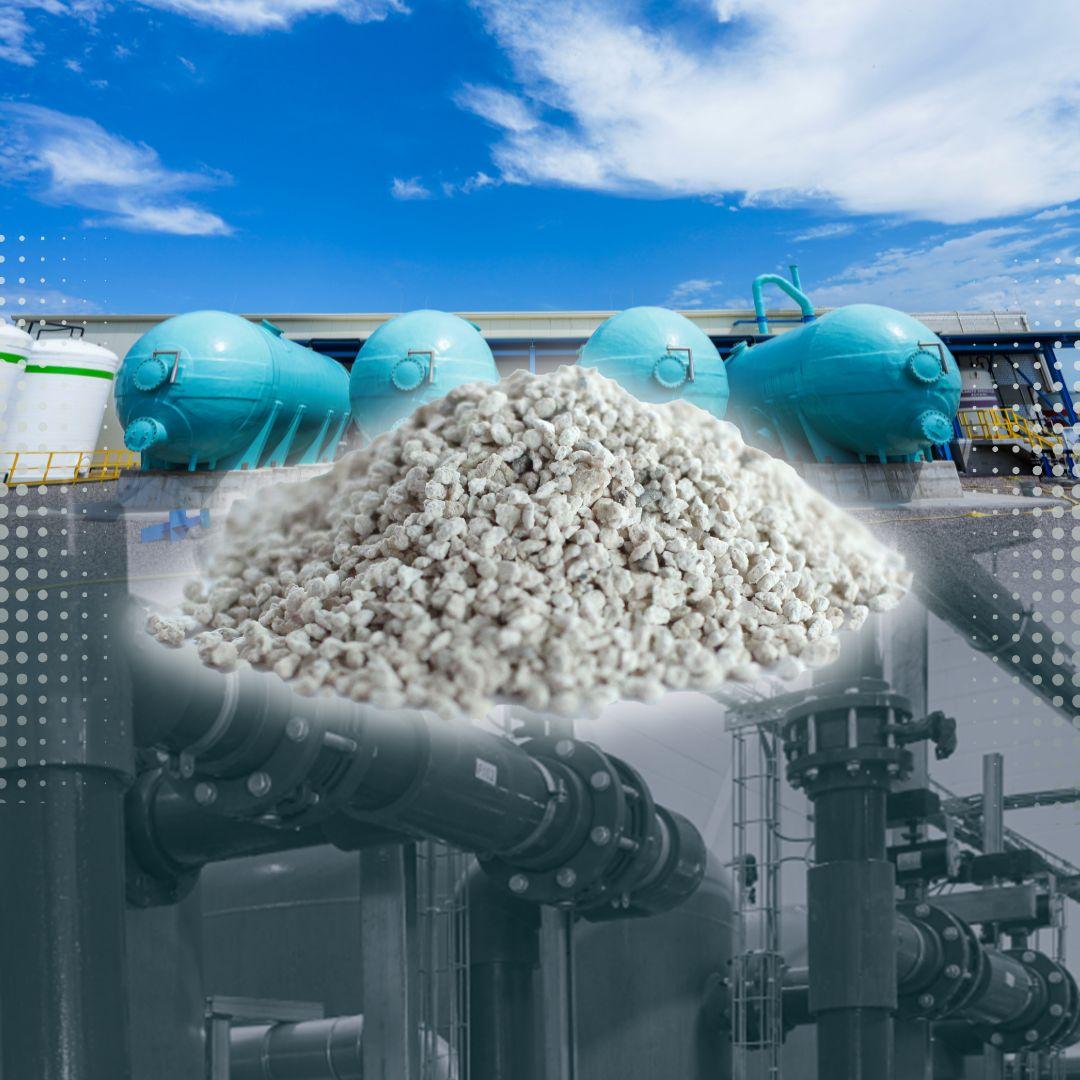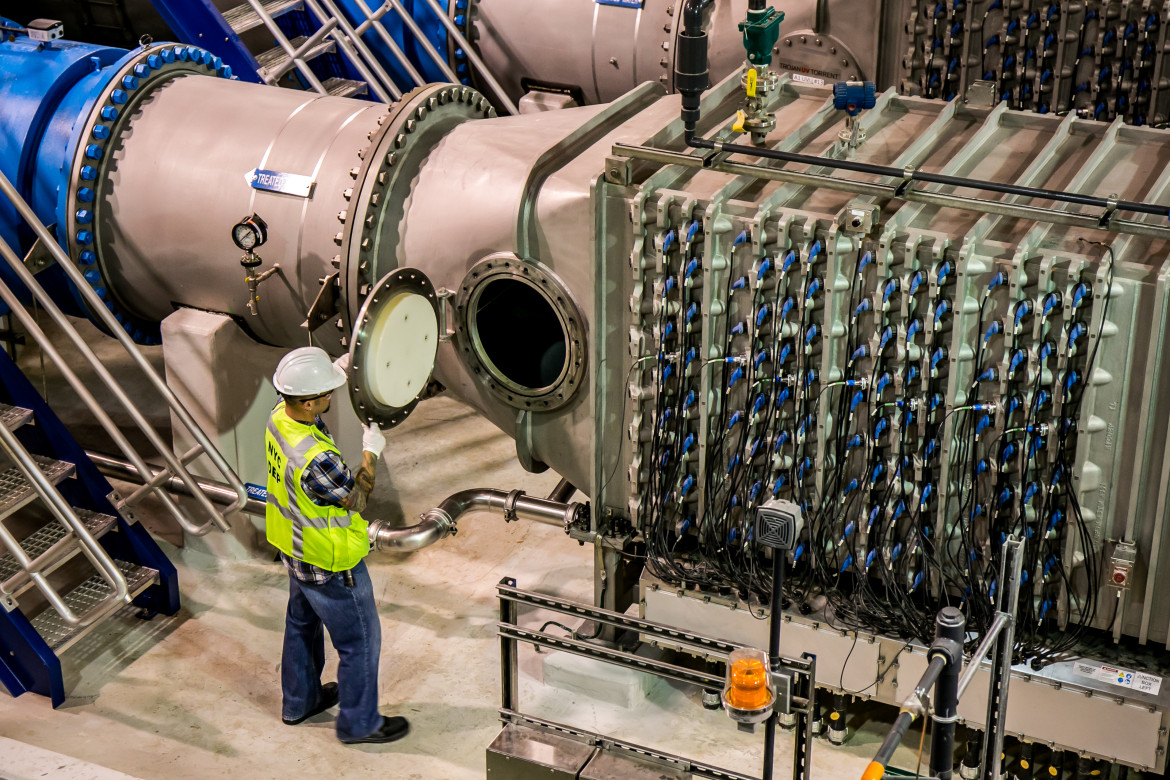Many of the water treatment plants use conventional filtration systems whose design requires a huge area of filtration, operating at the limit of its capacity design and operating agencies do not. ozone and zeolite technology
They don’t have the resources or the space to increase their capacity
Chlorine is a commonly used chemical in the purification of drinking water. It is highly effective at killing bacteria and viruses, which makes it an effective disinfectant. Chlorine is typically added to water in the form of a liquid or gas, and it reacts with the water to form a variety of disinfectant by-products.
One of the main advantages of using chlorine to purify water is its low cost and wide availability. However, there are also several potential drawbacks to using chlorine, including:
- Formation of disinfection by-products (DBPs): The reaction of chlorine with organic matter in the water can produce toxic by-products, such as trihalomethanes (THMs) and haloacetic acids (HAAs). These by-products have been linked to an increased risk of cancer and other health problems.
- Corrosion: Chlorine can be corrosive to pipes and other infrastructure, which can lead to costly repairs.
- Taste and odor: Some people may find the taste and odor of chlorine-treated water unpleasant.
- Environmental impacts: The release of chlorine into the environment can have negative impacts on aquatic life and the surrounding ecosystem.
The use of chlorine in water treatment is regulated by the US Environmental Protection Agency (EPA) and other regulatory agencies to ensure that it does not pose a risk to human health or the environment. Water treatment plants may also use alternative disinfectants, such as Zeolite or Ozone, to minimize the formation of DBPs and other potential negative impacts.
For this reason, it is imperative to implement effective and low-cost investment and operation solutions so that they can be accessible to the operating agencies, and that allow them to comply with the new regulation as soon as possible.
It is here where the combination of state-of-the-art technologies such as the application of an ozone disinfection system and a new filtration process based on filter media such as Zeomedia represent, if not the best, an excellent alternative.
Since Ozone for its part has a disinfection and oxidation power 2 times higher than chlorinated compounds, which allows disinfecting and reducing and eliminating both natural and synthetic organic compounds. And most importantly WITHOUT GENERATING TOXIC BY-PRODUCTS.
For its part, an adsorbent material such as Zeomedia allows the retention of microparticles up to 1 micron that sand cannot, as well as heavy metals and organic compounds, guaranteeing the reduction of turbidity by up to 50% than a conventional filter and the removal of other contaminants. required by the standard.

By combining both processes, a highly effective synergy is generated that drastically improves the disinfection and purification processes, guaranteeing compliance with the most demanding regulations worldwide.
But as if the use of ozone and zeolite technology were not enough, they can represent a reduction of up to 60% in the costs of chemical pretreatment, and water and energy costs in backwashing. Contributing to substantially improve the financial situation of operating agencies.
Let's talk...
Tel: +52 81 3849 5959
Email: sales@zeomediafilter.com
We are the only company in Mexico with NSF certification to help you reach the new regulations and parameters marked by the new NOM 127 in the water treatment process.
If you are interested in knowing more about how this technology can help you or how you can start implementing it in your plant, do not hesitate to contact us. ozone and zeolite technology





